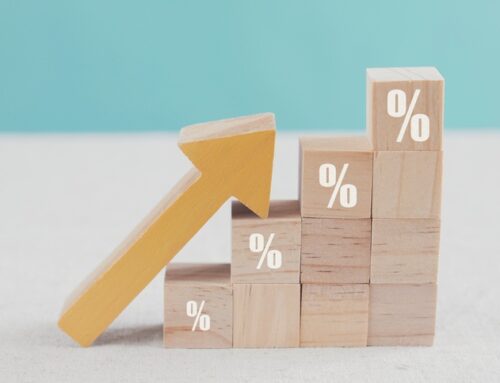Home » Uncategorised »
What is Rental Yield and How is it Calculated?
This article is an external press release originally published on the Landlord News website, which has now been migrated to the Just Landlords blog.
The easiest way to work out rental yield is to divide the property’s price by the yearly rent taken.
For example, if a house costs £500,000 and takes £850 in rent a week, the yield is 8.8%.
This is usually the figure mortgage lenders are referring to when they say rental yield. Research in this sector will also generally use this method. However, this number is actually a gross yield, and does not consider the extra costs associated with managing the property.
Landlords looking to receive an income after costs on the property, should be working out a true yield, or yield net of costs.
The mortgage is probably going to be the biggest cost to the landlord. Ongoing payouts for maintenance, insurance, ground rent, service charges and letting agent fees should also be allowed.
Insurance and maintenance can easily eat up 15% of the yearly rent. A letting agent will also take an extra 10%.
Mortgages should be considered, as the majority of landlords have an interest-only loan, where the monthly repayments are lower than ordinary mortgages. If a landlord buys a house for £500,000 with a 40% deposit, and the remainder interest-only rate of 4.5% is borrowed, the costs will be £1,125 a month.
Annual mortgage costs would then be £13,500. Considering the extra 15% for maintenance and insurance, the annual costs now exceed £20,000. If annual rent adds up to £24,000, the true yield is 4.8%.
If letting agent fees are added onto this, the real yield drops to 3.9%. However, this is still an appealing net yield.
Professional landlords are advising aspiring investors that if they calculate net yields in this way, they may result in negative figures.
Despite recent increases in rents, there has been a growth in house prices also, meaning that even gross yields are dropping below 4%.




